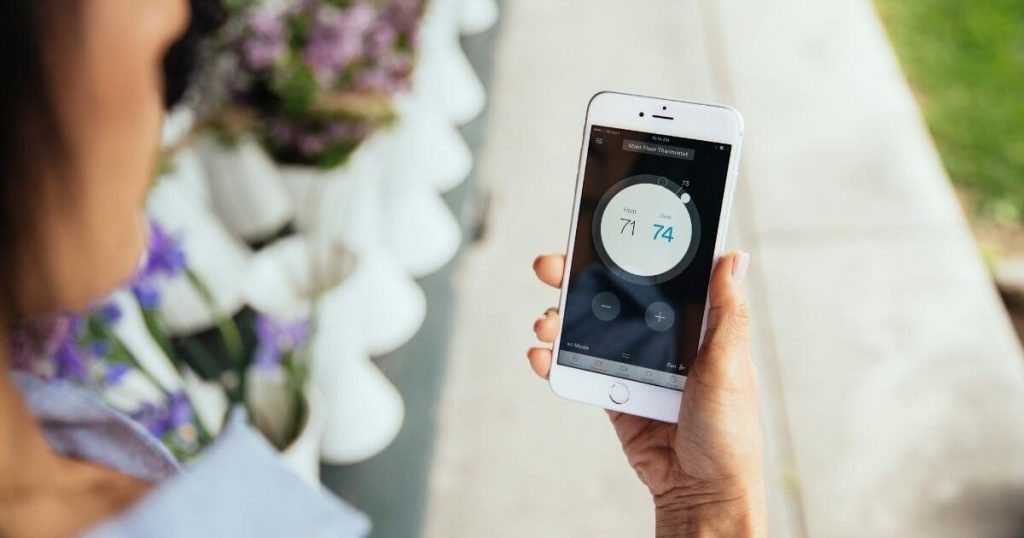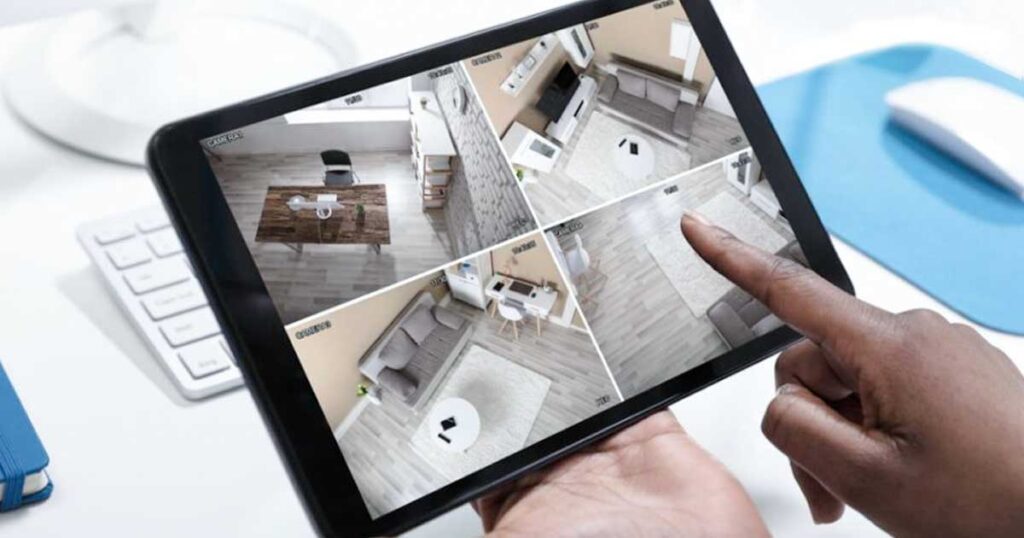Easy to install, affordable, and powerful, a DIY home security system can help protect a studio apartment in the city or a big house in the suburbs, but it isn’t the right home security solution for everyone.
Although DIY home security systems are designed to be installed by non-technical homeowners, some people don’t want to or can’t install the system. And there’s always the chance it will get installed improperly and then you run the risk of going unprotected.
Some DIY systems don’t offer advanced services or components that traditional alarm systems do, such as fire and carbon monoxide monitoring, panic buttons, or pet-immune motion sensors.
Remember that a "DIY system" just means you're installing the equipment yourself. You can still have professional alarm monitoring with a DIY system. A monitored home security system can reduce the chance you’ll be a victim of a burglary.
About 60% of convicted burglars say the presence of an alarm would make them seek a different home to burglarize. It can also save up to 20% on your homeowners insurance. So whether you choose a DIY home security system or opt for the traditional route, a home alarm system is a smart investment.
Learn more about DIY vs. professional security installation and monitored vs. unmonitored systems.
Curious about how to install a specific brand? Our guides will show you what to expect.
You can also check out our Vivint installation guide for a glimpse of what happens during a professional security system install.



